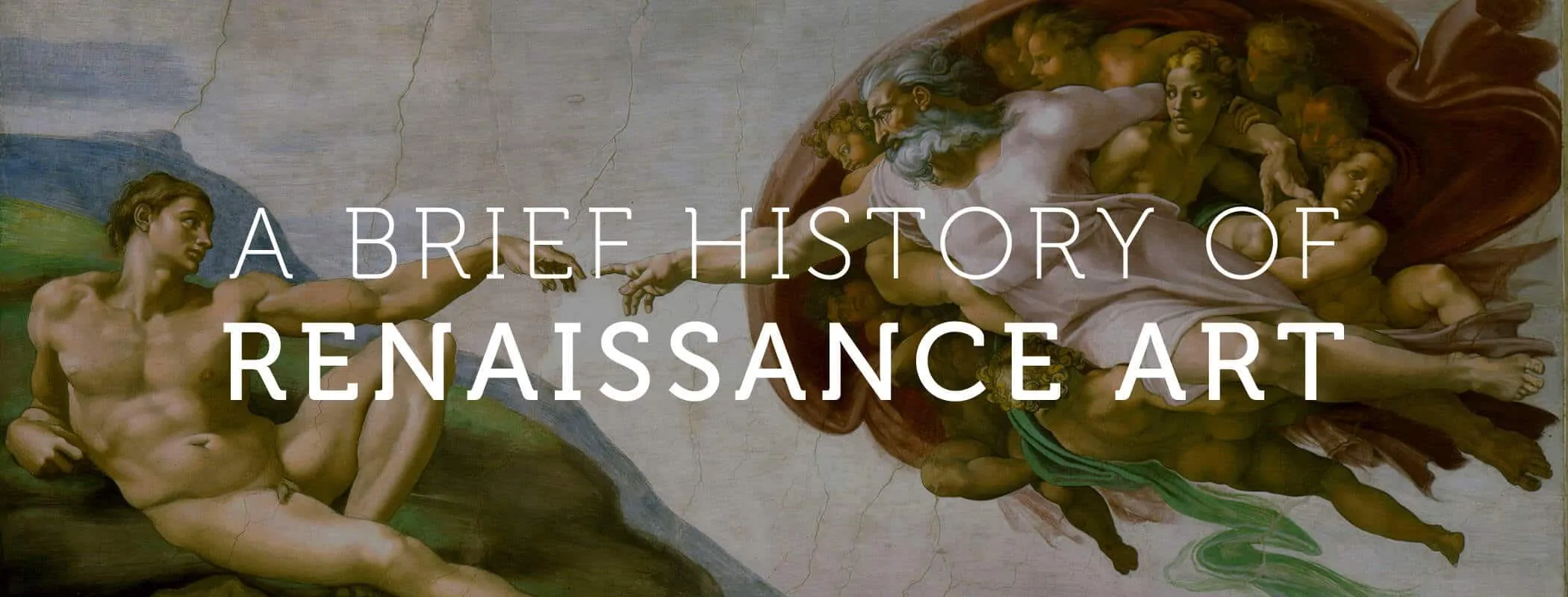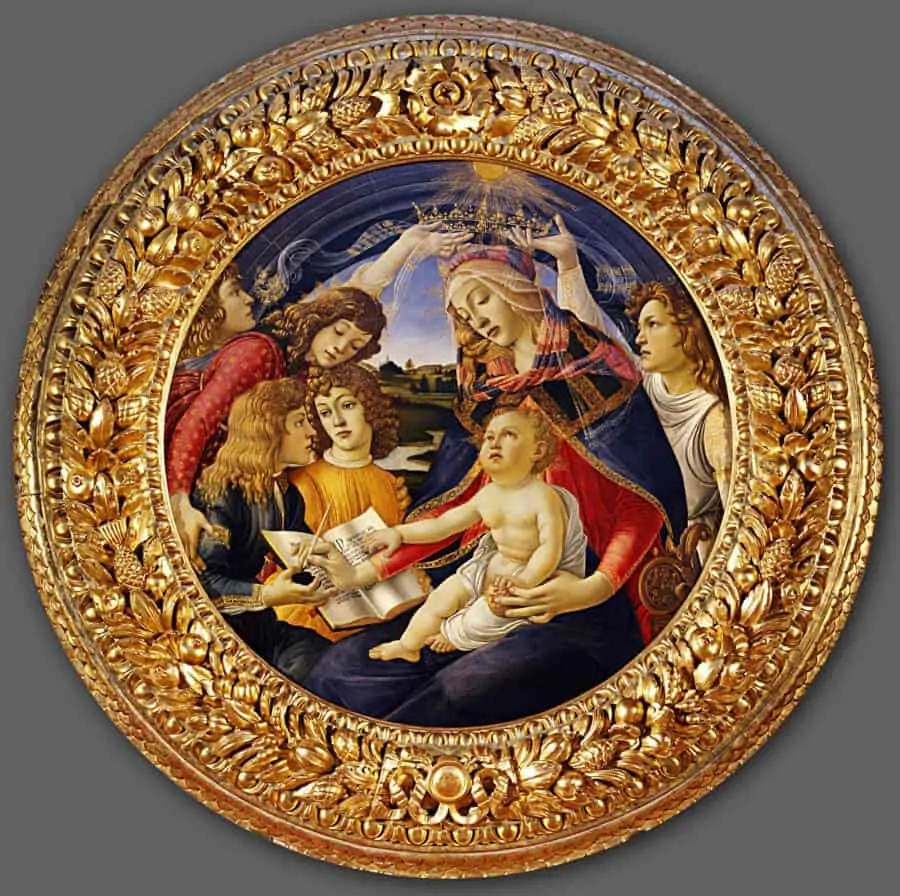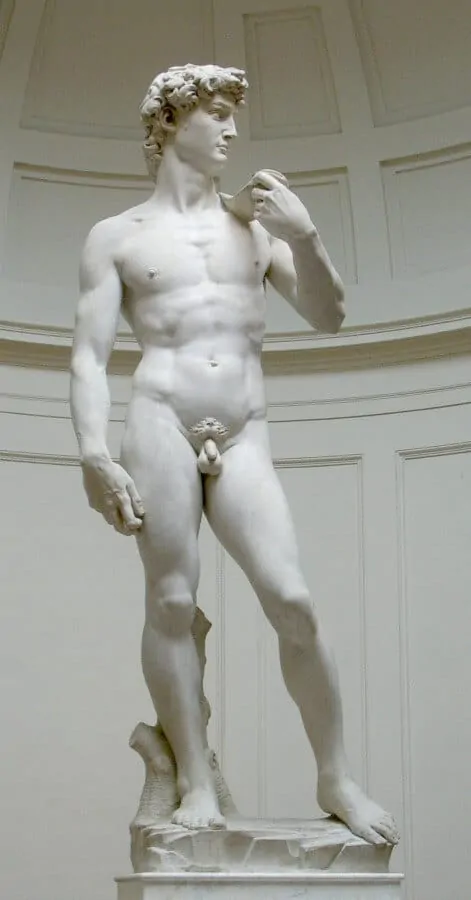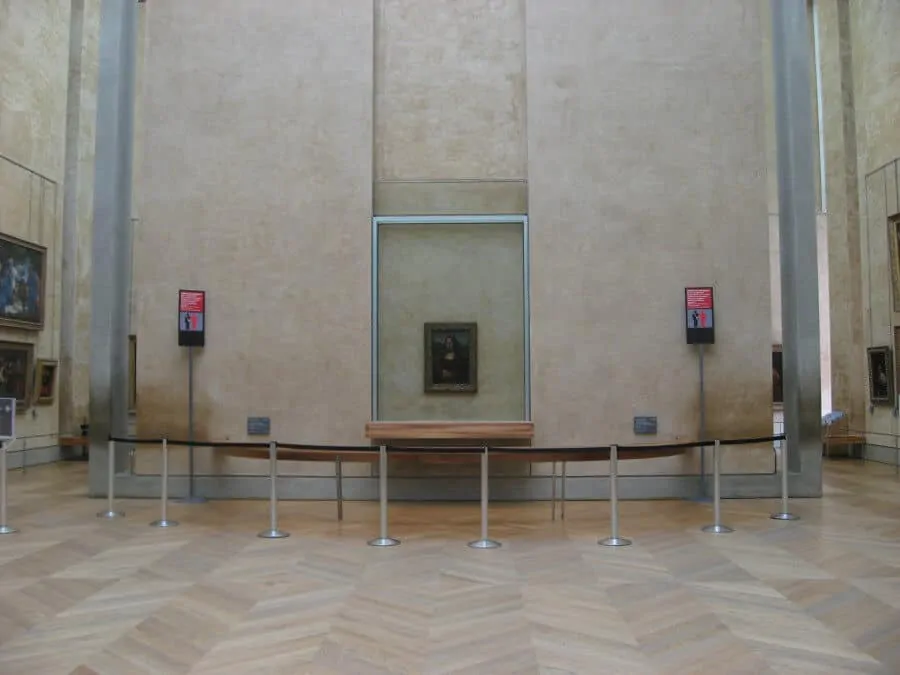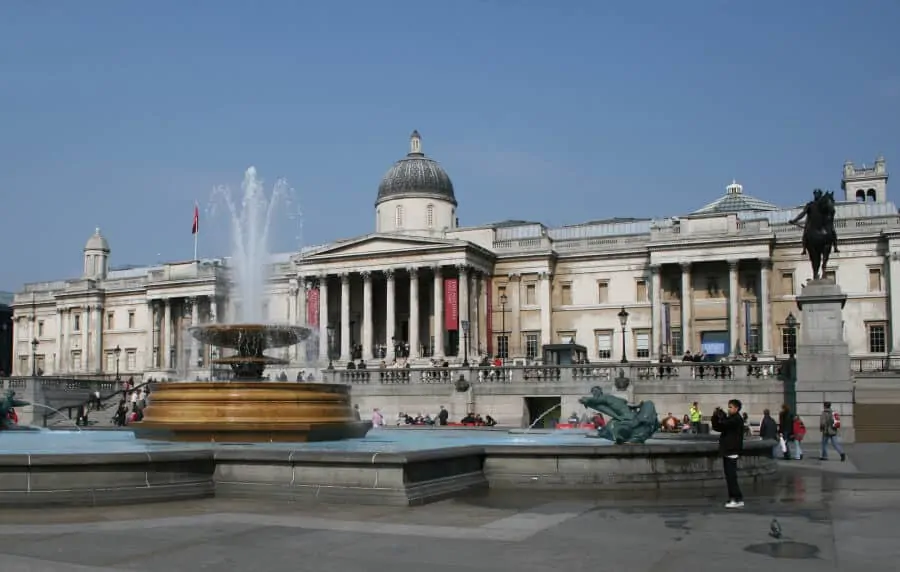A combination of painting and sculptures dating back to the 1400s in Italy, Renaissance art is one of the most celebrated and iconic periods of art history still coveted by the most discerning collectors from around the world. A true transition from the medieval ages to early modern civilization, it is arguably one of the most elegant styles of art featured in the eminent galleries and museums around the world.
Magnificatio by Sandro Botticelli The erotic David by Michelangelo
For most of the renowned artists of this period, their art was an expression that ran parallel to the times focusing on the times development in philosophy, architecture, the arts and the sciences, theology and politics. Inspired by classical antiquities, the Renaissance art style spread like wildfire through Europe resulting in far more paintings than you’ll ever hear about in your lifetime. The famous works known from that period are only a very small fraction of the number of pieces produced by artists we rarely hear of or simply don’t even know. Most of the painting of the time are gone either having been destroyed or uncared for to the point they disintegrated.
When Italian artists began to learn the practices of oil painting from artists in Netherland in the later part of the 1400s, it resulted in a global adoption of the medium. With oil painting, some of the most iconic artists in Florence began to improve the quality of their work since it had unique abilities to add more emotion and personality to the piece.
Sculpture aside, the oil painting allowed artists to create a far more natural and lifelike painting which is why so many of these paintings are considered masterpieces in the fine art community today.
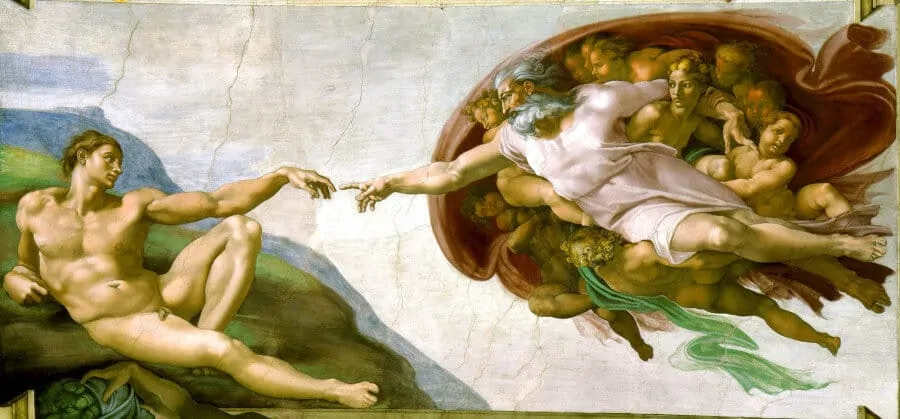
The Early Periods
It wasn’t until the 1400s that Renaissance art, as we know it today really, became prominent, first in the Netherlands, thanks to artists like Jan and Hubert van Eyck, Hans Memling, Hugo van der Goes and other notable paintings. The godfathers of Renaissance art, their style was inspired by the tempera styles, book illumination and stained glass of the bygone medieval era. They began using oil paints on canvas realizing their capabilities as many shields and pieces of leather were painted with it due to its durability. The oil paints used by these early Renaissance artists were of such great detail with incredible deviations in tone and texture. They used the Medieval perspective of hierarchy and symbolism to create their works with newfound realism thanks to the new medium. In 1475, Portinari Altarpiece by Hugo van der Goes was sent to Florence, which immediately impressed the local painters and inspired Domenico Ghirlandaio to paint an exacting altarpiece.
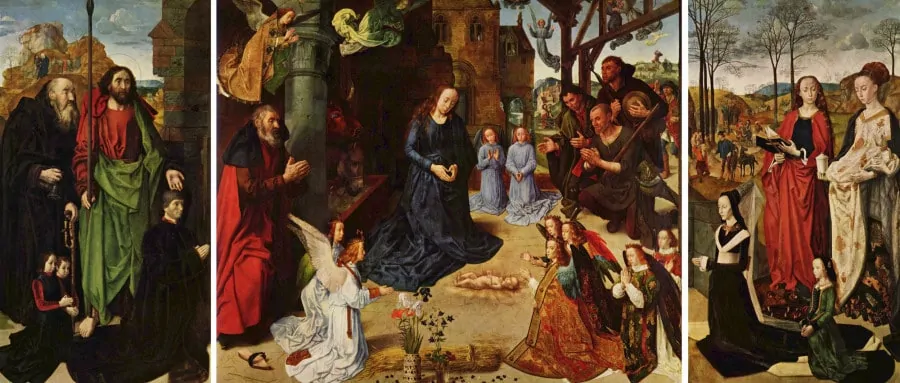
It was thanks to this that Renaissance art took off in Italy despite having made its way there at the beginning of the century when a competition was held to sculpt the doors for the Baptistery of Florence Cathedral. Despite the architect of its dome, Brunelleschi and now-famed artist Donatello having bidden on the project, the winner was none other than Lorenzo Ghiberti. Still the other two artists went on to achieve greatness with Brunelleschi being a successful sculptor of a life-size Crucifix in Santa Maria Novella and the Church of San Lorenzo. Donatello became a prolific sculpture as well and is today often considered the most important sculptor of the early Renaissance periods for his work of David and the first equestrian bronze to be made since Roman times.
It was these sculptors that influenced painters in the Renaissance era to achieve a very natural, lifelike look in their work. Artists such as Michelangelo, Masolino and Masaccio went forth and created many panel paintings known for their fresco styling. Using newfound developments such as perspective and light, artists from across Italy became obsessed with getting the perspective so accurate that many went mad trying to achieve it. As the Renaissance period continued, painters throughout Italy began using oil paints for portraits and other paintings that were done on a smaller scale.
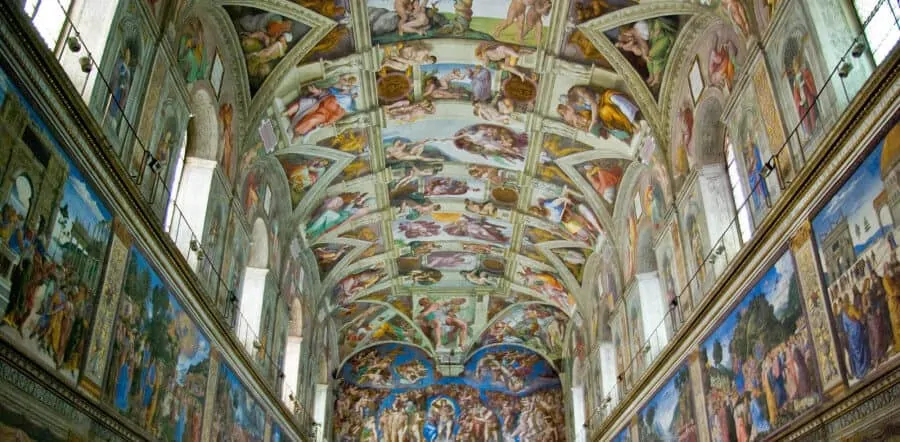
Italy Inspires
Just as the Early Renaissance in Italy began thanks to a piece of art that was transported from the Netherlands, it ceased as well with a marking when numerous artists in Italy teamed together to decorate the wall of the Sistine Chapel with fresco cycles to showcase the life of Christ and Moses. Cosimo Rosselli, Sandro Botticelli, Domenico Ghirlandaio and Pietro Perugino came together to create the incredible sixteen pieces. Despite having their styles, they cooperated with each other and agreed on certain techniques of anatomy, foreshortening, characterization, atmospheric and linear perspective and lighting to create paintings that would be considered harmoniously intertwined.
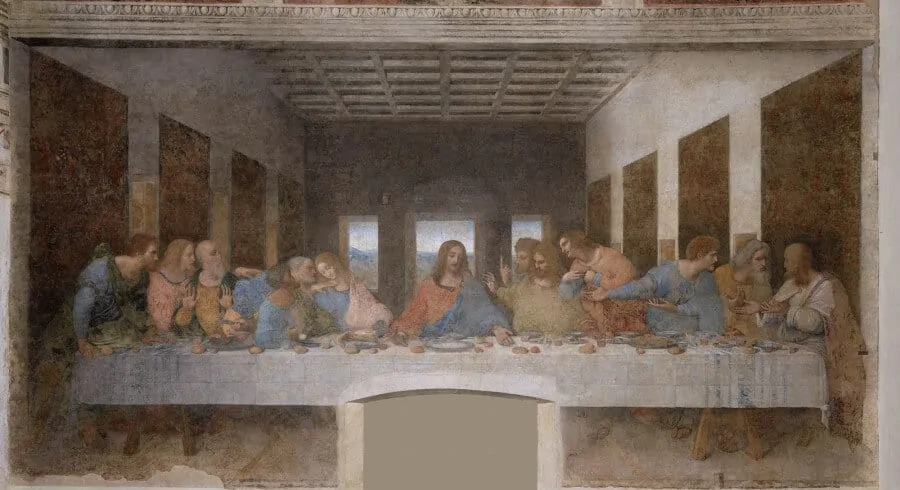
The High Renaissance
As the Early Renaissance was coming to a conclusion in Italy, it was in fruition throughout much of France where artists were being commissioned to provide illuminated manuscripts as well as portraits for nobles and the courts. Jean Fouquet, who was known for his painting of Charles VII and his painting of the Royal Court was influenced by many of the Early Renaissance painters in Italy. Fouquet, who was a brilliant painter, is widely believed to have been the creator of the miniature portrait. As the Early Renaissance was primed in France, the High Renaissance period was beginning in Italy as Leonardo da Vinci was leading the way to perfect the art styles of many of the Early Renaissance artists. Known for his eye and ability to study naturalism, da Vinci was known as one of the few artists who only worked with oil paintings when he could help it since it was able to help him showcase the natural elements in his work that many other mediums couldn’t capture. His most famous works are, of course, the Mona Lisa and The Last Supper which are perfect examples of his magnificent ability to depict naturalism and effect. To prepare for the Mona Lisa among other works, it is said he would dissect human bodies to better understand the anatomy and showcase it in his art.
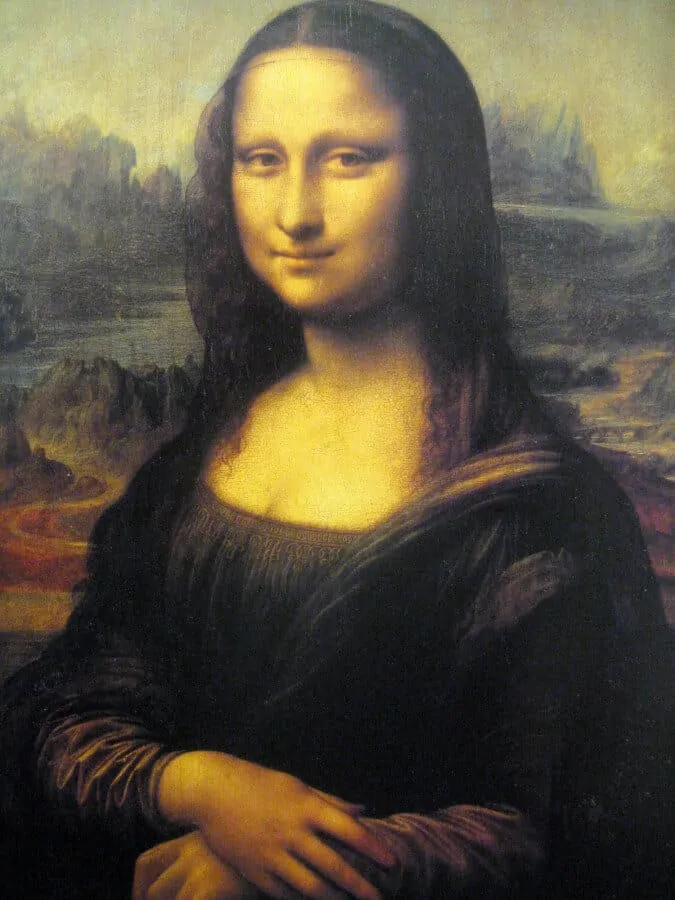
Even though many artists were influenced by da Vinci and other natural painters, some artists such as Michelangelo showed little interest in making any of his work appear natural with the exception of man as shown in David. Michelangelo decided to become more expressive in his art and used this unique style which is how he was commissioned to paint the ceiling of the Sistine Chapel which is the quintessential example of figurative composition which earned him praise as being the second best painter in Italy next to his mentor, Leonardo da Vinci. Finally, there was another member entered into this trifecta of artists. The young Raphael who accomplished a remarkable amount in his short time on earth, became famous for his lifelike portraits of two Popes, the Madonna and Christ Child.
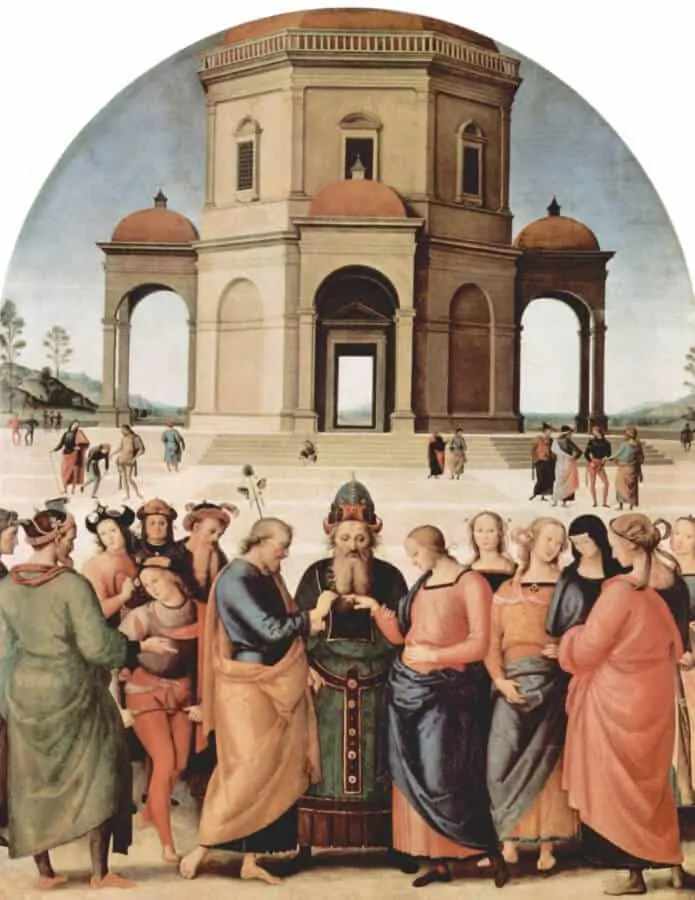
Many other artists became well known as well, and despite Leonardo, Michelangelo and Raphael being considered the greatest artists of the High Renaissance, there is a wide range of others who are celebrated by the modern fine art communities.
Despite Italy and, in some ways, France, being considered the capitals of Renaissance art, the practices and styles evolved and migrated throughout much of Europe and the world.
From fresco cycles and religious masterpieces, artists around the world were inspired by the works of many of the predominant painters and sculptors in Italy, often commissioned by the Catholic Church as well as members of nobility and the courts.
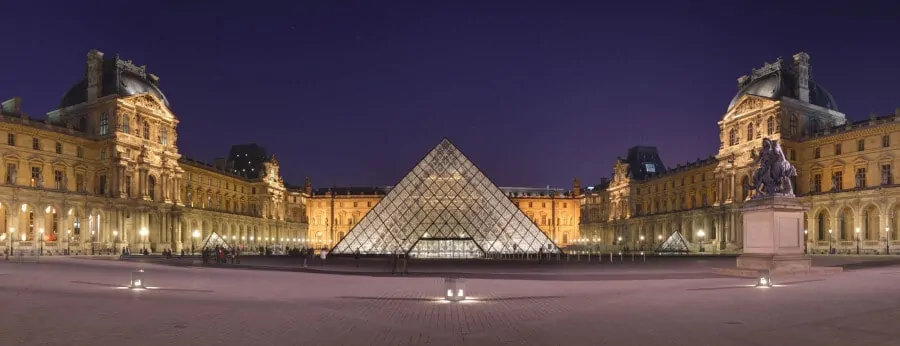
Famous Artists of the Renaissance
| Artist | Country |
|---|---|
| Leone Battista Alberti (1404–1472) | Italy |
| Fra Angelico (c. 1395 – 1455) | Italy |
| Biagio d’Antonio (1446 – 1 June 1516) | Italy |
| Giotto di Bondone (1267–1337) | Italy |
| Donatello (c. 1386 – December 13, 1466) | Italy |
| Leonardo da Vinci (15 April 1452 – 2 May 1519) | Italy |
| Michelangelo (6 March 1475 – 18 February 1564) | Italy |
| Raphael (April 6 or March 28, 1483 – April 6, 1520) | Italy |
| Sandro Botticelli (c. 1445 – May 17, 1510) | Italy |
| Masaccio (December 21, 1401 – 1428) | Italy |
| Domenico Veneziano (c. 1410 – May 15, 1461) | Italy |
| Filippo Lippi (c. 1406 – 8 October 1469) | Italy |
| Andrea del Castagno (c. 1421 – 19 August 1457) | Italy |
| Piero di Cosimo (2 January 1462 – 12 April 1522) | Italy |
| Paolo Uccello (1397 – 10 December 1475) | Italy |
| Antonello da Messina (c. 1430 – February 1479) | Italy |
| Pisanello (c. 1395 – c. 1455) | Italy |
| Andrea Mantegna (c. 1431 – September 13, 1506) | Italy |
| Luca Signorelli (c. 1445 – 16 October 1523) | Italy |
| Alessio Baldovinetti (14 October 1425 – 29 August 1499) | Italy |
| Piero della Francesca (c. 1415 – 12 October 1492) | Italy |
| Masolino (c. 1383 – c. 1447) | Italy |
| Titian (c. 1488/1490 – 27 August 1576) | Italy |
| Andrea del Verrocchio (c. 1435 – 1488) | Italy |
| Domenico Ghirlandaio (1449 – 11 January 1494) | Italy |
| Benozzo Gozzoli (c. 1421 – 1497) | Italy |
| Carlo Crivelli (c. 1435 – c. 1495) | Italy |
| Marco Cardisco (c. 1486 - c. 1542) | Italy |
| Pietro Negroni (c. 1505 – c. 1565) | Italy |
| Frane Vranjanin(c. 1430 – 12? March 1502) | Croatia |
| Juraj Dalmatinac (c. 1410 – 10 October 1475) | Croatia |
| Nikola Firentinac | Croatia |
| Andrija Aleši (1425–1505) | Croatia |
| Nikola Božidarević (1460? – 1517) | Croatia |
| Ivan Duknović (c. 1440 – c. 1514) | Croatia |
| Julije Klović (1498 – January 5, 1578) | Croatia |
| Andrija Medulić (c. 1510/1515–1563) | Croatia |
| Jean Bellegambe (c. 1470 – 1535) | Netherlands |
| Hieronymus Bosch (c. 1450 – 1516) | Netherlands |
| Dirk Bouts (1415 – 6 May 1475) | Netherlands |
| Robert Campin (c. 1380 – 1444) | Netherlands |
| Petrus Christus (1410/1420–1472) | Netherlands |
| Jacques Daret | Netherlands |
| Gerard David (c. 1455 – 1523) | Netherlands |
| Hubert van Eyck (1366?–1426) | Netherlands |
| Jan van Eyck (1385?–1440?) | Netherlands |
| Geertgen tot Sint Jans | Netherlands |
| Hugo van der Goes | Netherlands |
| Adriaen Isenbrant (c. 1490 – 1551) | Netherlands |
| Limbourg brothers | Netherlands |
| Quentin Matsys (1466–1530) | Netherlands |
| Hans Memling (c. 1430 – 1494) | Netherlands |
| Joachim Patinir | Netherlands |
| Rogier van der Weyden (Rogier de la Pasture) | Netherlands |
| Hans Baldung (c. 1480 – 1545), Alsatian | Germany |
| Lucas Cranach the Elder (1472–1553) | Germany |
| Lucas Cranach the Younger (1515–1586) | Germany |
| Albrecht Dürer (1471–1528) | Germany |
| Matthias Grünewald (c. 1470 – 1528) | Germany |
| Hans Holbein the Elder (c. 1460 – 1524) | Germany |
| Hans Holbein the Younger (c. 1497 – 1543) | Germany |
| Ambrosius Holbein (1494–1519) | Germany |
| Jean Fouquet (1420–1481) | France |
| Jean Clouet (1480–1541) | France |
| François Clouet (c. 1510 – 22 December 1572) | France |
| Barthélemy d’Eyck (c. 1420 – after 1470) | France |
| Nicolas Froment (c. 1435 – c. 1486) | France |
| Jean Hey (formerly known as the Master of Moulins) (ca. 1475 – ca. 1505) | France |
| Simon Marmion (c. 1425 - 24/25 December 1489) | France |
| Enguerrand Quarton (c. 1410 – c. 1466) | France |
| Bartolomé Bermejo | Spain |
| Pedro Berruguete | Spain |
| Ayne Bru | Spain |
| Juan de Flandes | Spain |
| Luis de Morales | Spain |
| Jaume Huguet | Spain |
| Paolo da San Leocadio | Spain |
| Alonso Sánchez Coello | Spain |
Recommended Reading
Here are few books worth checking out if you’re interested in learning more about Renaissance art.
Renaissance: The Art of the Italian Renaissance Hardcover by Achim Bednorz and Rolf Toman
A team of art and architecture experts and authors joined forces to create the ultimate guide on Renaissance art and within its pages is a virtual guide to everything the art lover should know about one of the most prolific and glamorous periods of European art. Click here for a copy.
Renaissance Art: A Beginner’s Guide by Tom Nichols
A lecturer in Renaissance Art History at the University of Aberdeen, author Tom Nichols uses this beginners guide to explore what the term ‘Renaissance art’ actually means and describes. This is an excellent source for those unfamiliar but interested in fine art. Click here to buy a copy.
Art of Renaissance Florence, 1400-1600 by Loren Partridge
Like touring the galleries and museums, this illustrated tour of the history of the early and high Renaissance showcases its history and achievements in spectacular fashion. This is probably one of the most exceptional books you can find on fine art. Click here to get a copy.
An Art Lover’s Guide to Florence by Judith Testa
An astounding concentration of information is what makes this book so worthy of the art lovers’ library. A detailed and rich history guide, it offers more than the usual brief descriptions and, like Gentleman’s Gazette tries to give a very in-depth perspective into the subject matter. Click here to obtain a paperback copy.
The Mona Lisa on display at the Louvre in Paris The renowned National Gallery in London
Conclusion
Today, much of the world’s collection of fine Renaissance art can be viewed at historic religious landmarks as well as in museums such as the National Gallery in London, the National Gallery of Art in Washington, the Metropolitan Museum of Art in New York and of course, the renowned Louvre in Paris.
Stay tuned for upcoming articles on individual artists as well as some of the world’s best collections of fine art. What is your favorite painting or sculpture from the Renaissance period?
